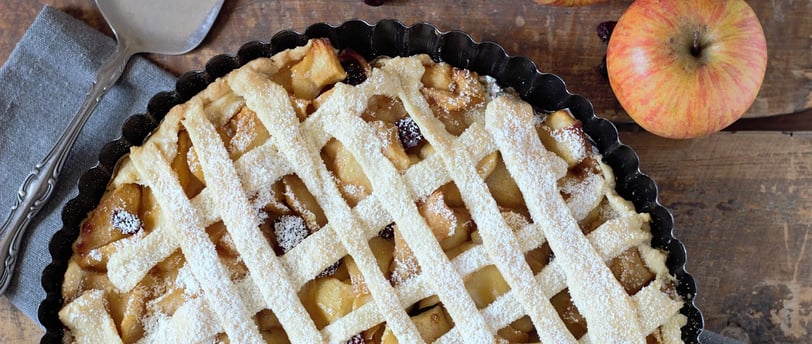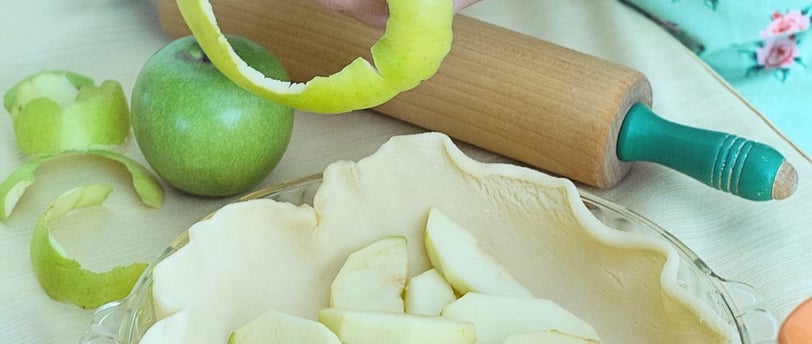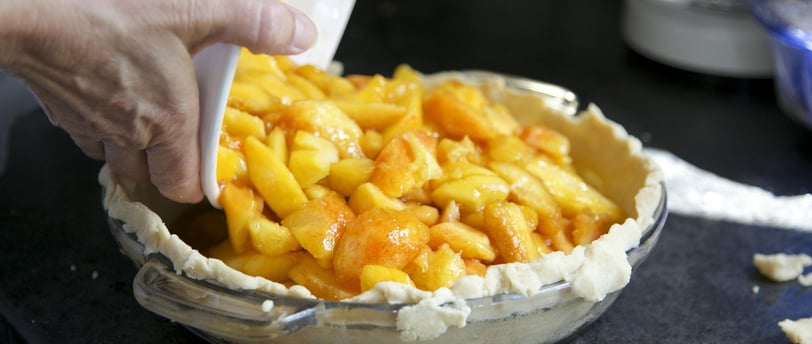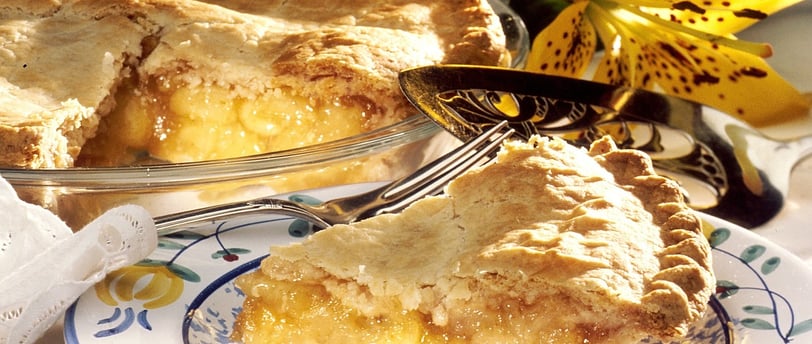Homemade apple pie
How to Make Homemade Apple Pie with Simple Ingredients and Easy Steps, Making a homemade apple pie involves selecting fresh apples, preparing a simple dough
FOODIE


Choosing the Best Apples
Selecting apples with the right balance of sweetness and tartness is crucial. Varieties such as Granny Smith, Honeycrisp, and Braeburn hold their shape well and provide the ideal flavor contrast for pie filling.
Using a mix of apples can enhance depth of taste. For instance, combining the tartness of Granny Smith with the sweetness of Fuji or Gala creates a more complex profile.
Apples that are firm and crisp produce a better texture after baking. Avoid overly soft or mealy apples, which can turn mushy and affect the pie’s consistency.
Crust Ingredients and Their Roles
A classic pie crust needs four basic ingredients: flour, fat, salt, and cold water. Flour provides structure by developing gluten when mixed.
Fat, usually butter or shortening, creates flakiness by coating some flour particles and preventing excess gluten formation. Butter adds flavor, while shortening contributes to tenderness.
Cold water hydrates the flour just enough to bind the dough without activating too much gluten. Salt enhances the crust’s flavor balance.
Using chilled ingredients and minimizing mixing time helps maintain a tender, flaky texture by limiting gluten development.




Making a homemade apple pie involves selecting fresh apples, preparing a simple dough, and combining the ingredients with balanced spices. A successful apple pie requires a flaky crust and a filling made from tart apples, sugar, cinnamon, and a touch of lemon juice to enhance flavor.
The process is straightforward but demands attention to detail, especially in mixing dough to ensure flakiness and cooking the filling just right. Anyone can achieve a classic apple pie with basic ingredients and a few clear steps.
Essential Ingredients and Equipment
Making a homemade apple pie requires picking the right apples, preparing a balanced crust, and having the proper tools on hand. Each element plays a specific role in ensuring texture, flavor, and ease of preparation.


Recommended Kitchen Tools
A few basic tools simplify the pie-making process and improve results. A rolling pin is essential for evenly flattening the dough to avoid thick or uneven crust.
A mixing bowl large enough to combine ingredients comfortably makes preparation cleaner and quicker. Using a sharp paring knife or apple corer helps slice apples uniformly.
A pie dish with sloped sides supports even baking and helps form the crust shape. An oven thermometer can ensure accurate baking temperature for consistent results.
Additional helpful items include a pastry blender for cutting fat into flour and a baking sheet placed under the pie to catch drips.
Step-By-Step Homemade Apple Pie Preparation
This process involves creating a flaky pie crust, preparing a well-balanced apple filling, carefully assembling the pie, and baking it under precise conditions. Each stage requires attention to detail to achieve a consistent texture and flavor.
Preparing the Pie Crust
The crust begins with cold ingredients to ensure flakiness. She or he should combine flour, salt, and sugar in a large bowl. Then, cut chilled butter into the flour mixture until it resembles coarse crumbs.
Gradually add ice water, a tablespoon at a time, mixing just until the dough holds together. Overworking the dough will make the crust tough.
Divide the dough into two disks, wrap them in plastic, and refrigerate for at least one hour. Chilled dough is easier to roll and prevents shrinkage during baking.
Baking and Cooling for Perfect Results
Preheat the oven to 425°F (220°C). Bake the pie on the lower rack for 15 minutes to set the crust.
Lower the temperature to 350°F (175°C) and bake for an additional 40-50 minutes until the crust is golden brown and filling bubbles.
Place a foil ring around the pie edges halfway through baking if browning occurs too fast.
Let the pie cool on a wire rack for at least two hours. Cooling allows the filling to set, making slicing cleaner and the pie less runny.
Making the Apple Filling
Select firm, tart apples like Granny Smith or Honeycrisp for balanced flavor. Peel, core, and slice apples uniformly to ensure even cooking.
Mix apples with sugar, cinnamon, nutmeg, and lemon juice. The lemon juice prevents browning and adds brightness.
Add 2 tablespoons of flour or cornstarch to thicken the filling as it bakes. This step prevents a soggy bottom while maintaining juiciness.
Stir the ingredients gently but thoroughly to coat each slice without breaking them apart.
Pie Assembly Techniques
Roll one disk of dough on a floured surface to fit a 9-inch pie plate. Transfer it carefully and trim excess dough to about 1 inch beyond the edge.
Fill the crust with the apple mixture, spreading it evenly. Avoid overfilling to prevent spilling during baking.
Roll the second dough disk into a circle for the top layer. It can be a solid sheet with slits or cut strips for a lattice.
Seal edges by folding and crimping firmly to avoid leaks. Brush the top crust with beaten egg or milk to achieve a golden finish.
